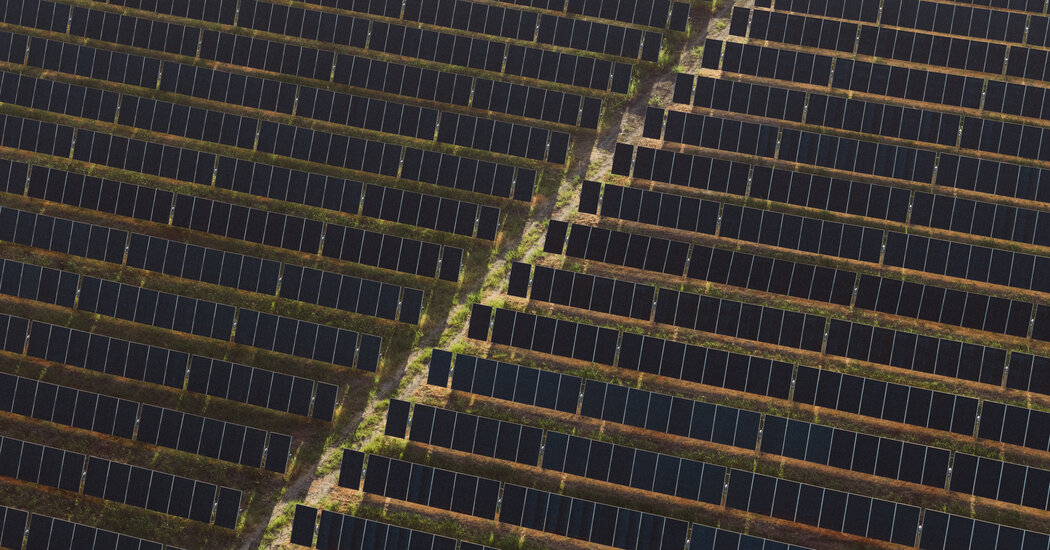Solar Companies Attracted to U.S. by Generous Tax Credits and Trade Safeguards
November 7, 2023 | by Kaju

Six years ago, an executive from a bankrupt solar panel manufacturer warned that competition from companies in China and Southeast Asia was causing a “blood bath” in the solar industry. Many U.S.-based solar companies had shut down, and more were expected to follow unless the government supported them. The Trump administration imposed tariffs on foreign-made solar panels in 2018, but that did not stop jobs from going overseas. However, recent developments are changing the landscape.
Last month, Suniva announced plans to reopen a Georgia plant, supported by tariffs, regulations, and generous tax breaks for Made-in-America solar manufacturing. Solar companies in the U.S. are now benefiting from multiple efforts to support the industry and substantial government funding.
The combination of tax credits and restrictions on foreign products is driving a wave of reshoring of solar jobs. In the year since the climate law was passed, solar companies have announced nearly $8 billion in new investments in solar factories across the United States. This is more than triple the total investment announced from 2018 through the middle of 2022.
Companies like Suniva, REC Silicon, and Maxeon are reopening and expanding factories in different states, citing the incentives in the climate law as a driving factor in their investment decisions.
The tax credits provided by the climate law have made domestic solar manufacturing economically viable. Peter Aschenbrenner, Maxeon’s chief strategy officer, stated that their cost of domestic solar manufacturing would fall by approximately 10 percent due to the new manufacturing tax credit. These incentives are helping build a strong American solar industry that can compete with China.
However, skeptics argue that such subsidies and tariffs come at a high cost to taxpayers and may not be sustainable in the long run. Economist Scott Lincicome warns that protections for the U.S. industry make solar products more expensive in the country, potentially hindering the adoption of solar technology.
China has been a dominant player in the global solar industry, but recent developments are shifting the dynamics. With government investments and support, China captured a significant portion of the global market share. The United States imposed tariffs on Chinese solar products in 2012, and China retaliated with tariffs on U.S. polysilicon. As a result, many non-Chinese solar companies struggled to survive.
However, the tide is turning with the introduction of tax credits and other incentives. The solar industry in the U.S. is experiencing a resurgence, with new investments creating jobs and boosting domestic manufacturing.
Ultimately, a comprehensive approach that includes both tariffs and tax credits is necessary to compete with China. These measures work together to strengthen the domestic solar industry.
RELATED POSTS
View all


